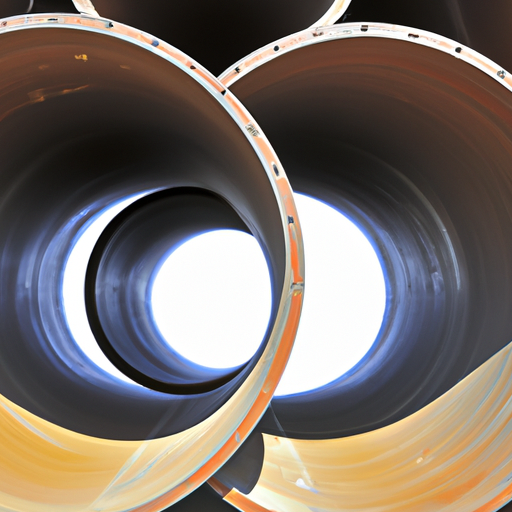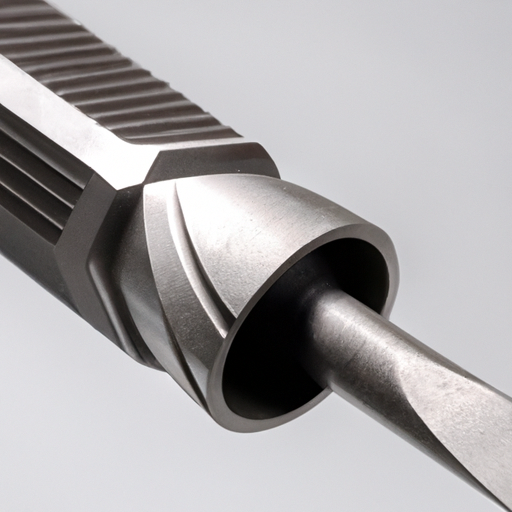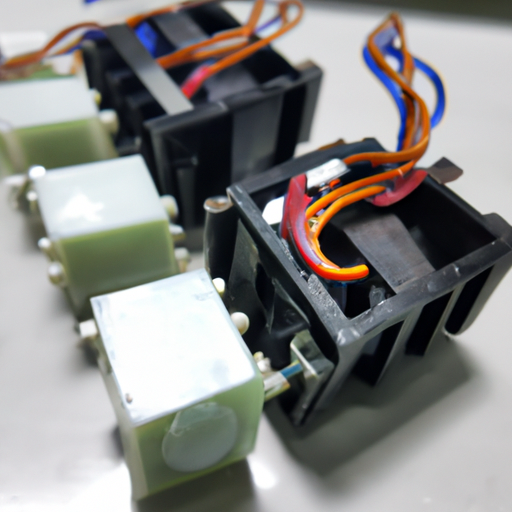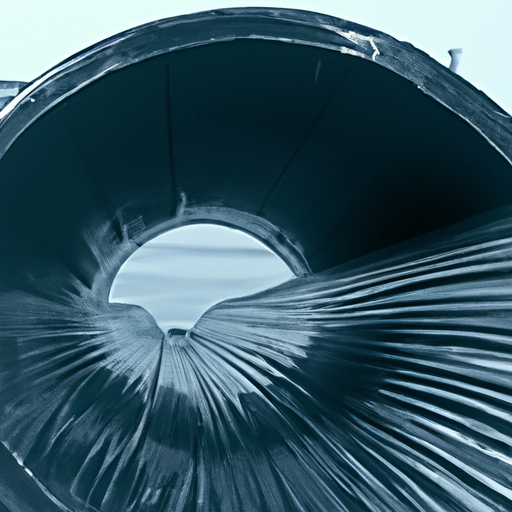What Material is Ultra-High Pressure Oil Pipe Made Of?
I. Introduction
Ultra-high pressure oil pipes are critical components in various industries, particularly in oil and gas extraction, hydraulic systems, and other industrial applications. These pipes are designed to withstand extreme pressures, making the selection of appropriate materials essential for ensuring safety, reliability, and performance. This article aims to explore the materials used in ultra-high pressure oil pipes, their properties, manufacturing processes, and future trends in material technology.
II. Understanding Ultra-High Pressure Oil Pipes
A. Definition and Characteristics of Ultra-High Pressure
Ultra-high pressure (UHP) refers to pressure levels that exceed 10,000 psi (pounds per square inch). UHP oil pipes are engineered to handle these extreme conditions, which can arise during various operations, such as hydraulic fracturing, deep-sea drilling, and high-pressure fluid transport. The characteristics of UHP pipes include high tensile strength, excellent fatigue resistance, and the ability to maintain structural integrity under severe conditions.
B. Applications of Ultra-High Pressure Oil Pipes
1. **Oil and Gas Industry**: UHP oil pipes are extensively used in the oil and gas sector for transporting crude oil, natural gas, and other fluids from extraction sites to processing facilities. Their ability to withstand high pressures is crucial for safe and efficient operations.
2. **Hydraulic Systems**: In hydraulic machinery, UHP pipes are essential for transferring hydraulic fluids that power various equipment. The reliability of these pipes directly impacts the performance and safety of hydraulic systems.
3. **Industrial Applications**: Beyond oil and gas, UHP pipes find applications in various industrial processes, including chemical manufacturing, water treatment, and power generation, where high-pressure fluid transport is necessary.
C. Importance of Safety and Reliability in High-Pressure Systems
Given the potential hazards associated with high-pressure systems, the safety and reliability of UHP oil pipes are paramount. Failures in these pipes can lead to catastrophic accidents, environmental damage, and significant financial losses. Therefore, selecting the right materials and ensuring rigorous quality control during manufacturing are critical.
III. Material Requirements for Ultra-High Pressure Oil Pipes
A. Mechanical Properties
1. **Tensile Strength**: UHP pipes must possess high tensile strength to withstand the forces exerted by the fluids they transport. This property is crucial for preventing pipe rupture under pressure.
2. **Yield Strength**: The yield strength of a material indicates the maximum stress it can withstand without permanent deformation. UHP pipes require materials with high yield strength to maintain their shape and integrity under extreme conditions.
3. **Ductility**: Ductility refers to a material's ability to deform under tensile stress. UHP pipes need to be ductile to absorb energy and prevent sudden failures.
B. Corrosion Resistance
Corrosion can significantly weaken pipes, especially in environments where they are exposed to harsh chemicals or moisture. Therefore, materials used in UHP oil pipes must exhibit excellent corrosion resistance to ensure longevity and reliability.
C. Fatigue Resistance
Fatigue resistance is essential for UHP pipes, as they are subjected to cyclic loading during operation. Materials must be able to withstand repeated stress without developing cracks or failures.
D. Temperature Tolerance
UHP pipes may operate in extreme temperature conditions, requiring materials that can maintain their properties across a wide temperature range. This is particularly important in applications involving high-temperature fluids.
IV. Common Materials Used in Ultra-High Pressure Oil Pipes
A. Carbon Steel
1. **Properties and Advantages**: Carbon steel is one of the most commonly used materials for UHP pipes due to its high strength and affordability. It offers good tensile and yield strength, making it suitable for many high-pressure applications.
2. **Limitations and Applications**: While carbon steel is strong, it is susceptible to corrosion, especially in harsh environments. Therefore, it is often used in applications where corrosion resistance is not a primary concern.
B. Alloy Steel
1. **Types of Alloy Steels Used**: Alloy steels, which contain additional elements such as chromium, molybdenum, and nickel, are often used in UHP applications. These elements enhance the mechanical properties of the steel.
2. **Benefits in High-Pressure Applications**: Alloy steels provide improved strength, toughness, and resistance to wear and corrosion, making them ideal for UHP oil pipes in demanding environments.
C. Stainless Steel
1. **Types of Stainless Steel (e.g., 304, 316)**: Stainless steel is known for its excellent corrosion resistance. Common grades used in UHP applications include 304 and 316, which offer different levels of corrosion resistance and strength.
2. **Corrosion Resistance and Durability**: Stainless steel pipes are particularly advantageous in environments where exposure to corrosive substances is a concern, such as in chemical processing or offshore oil drilling.
D. Composite Materials
1. **Overview of Composite Materials**: Composite materials, which combine two or more materials to achieve superior properties, are gaining traction in UHP applications. These materials can offer high strength-to-weight ratios and excellent corrosion resistance.
2. **Advantages and Applications in Ultra-High Pressure Scenarios**: Composites can be tailored to specific applications, making them suitable for various UHP scenarios, including lightweight piping systems in aerospace and automotive industries.
E. Other Specialized Materials
1. **Titanium**: Titanium is known for its exceptional strength-to-weight ratio and corrosion resistance. It is often used in specialized UHP applications, particularly in the aerospace and chemical industries.
2. **Inconel and Other Nickel Alloys**: Inconel and similar nickel alloys are designed to withstand extreme temperatures and corrosive environments. These materials are often used in high-performance applications, such as in the oil and gas sector.
V. Manufacturing Processes for Ultra-High Pressure Oil Pipes
A. Pipe Fabrication Techniques
1. **Seamless vs. Welded Pipes**: UHP pipes can be manufactured as seamless or welded pipes. Seamless pipes are generally preferred for high-pressure applications due to their uniform strength and lack of weld seams, which can be weak points.
2. **Hot and Cold Working Processes**: The manufacturing process can involve hot working (shaping the material at high temperatures) or cold working (shaping at room temperature). Each method has its advantages, depending on the desired properties of the final product.
B. Quality Control Measures
1. **Testing for Pressure Resistance**: Rigorous testing is essential to ensure that UHP pipes can withstand the required pressure levels. This may include hydrostatic testing, where pipes are filled with water and pressurized to check for leaks and structural integrity.
2. **Non-Destructive Testing Methods**: Non-destructive testing (NDT) methods, such as ultrasonic testing and radiographic inspection, are employed to detect internal flaws without damaging the pipes. These methods are crucial for ensuring the safety and reliability of UHP systems.
VI. Challenges in Material Selection and Pipe Design
A. Balancing Cost and Performance
Selecting materials for UHP pipes often involves balancing cost and performance. While high-performance materials may offer superior properties, they can also be significantly more expensive. Engineers must consider the specific requirements of each application to make informed decisions.
B. Environmental Considerations
Environmental factors, such as exposure to corrosive substances or extreme temperatures, play a crucial role in material selection. Engineers must evaluate the operating environment to choose materials that will perform reliably over time.
C. Regulatory Standards and Compliance
UHP pipes must comply with various industry standards and regulations to ensure safety and reliability. Understanding these requirements is essential for manufacturers and engineers involved in the design and production of UHP systems.
D. Innovations in Material Science
Advancements in material science are continually evolving, leading to the development of new materials and composites that can enhance the performance of UHP pipes. Staying abreast of these innovations is vital for industry professionals.
VII. Future Trends in Ultra-High Pressure Oil Pipe Materials
A. Advances in Material Technology
The future of UHP oil pipe materials is likely to be shaped by ongoing research and development in material technology. Innovations may lead to the creation of lighter, stronger, and more corrosion-resistant materials.
B. Potential for New Materials and Composites
As industries seek to improve efficiency and reduce costs, there is potential for the adoption of new materials and composites that can meet the demands of UHP applications while offering enhanced performance.
C. Impact of Industry Demands on Material Development
The growing demand for energy and the need for more efficient extraction methods will drive the development of advanced materials for UHP oil pipes. Industry professionals must remain adaptable to these changing demands.
VIII. Conclusion
In conclusion, the selection of materials for ultra-high pressure oil pipes is a critical aspect of ensuring safety, reliability, and performance in high-pressure applications. Understanding the properties and advantages of various materials, as well as the challenges associated with their selection, is essential for engineers and manufacturers. As material technology continues to advance, the future of UHP oil pipes looks promising, with the potential for new materials and innovations that will enhance their performance in demanding environments.
IX. References
A comprehensive list of studies, articles, and industry standards related to ultra-high pressure oil pipes and their materials can provide further insights into this critical field. For those interested in a deeper understanding, suggested readings and resources are available to explore the latest developments in material science and engineering practices.












